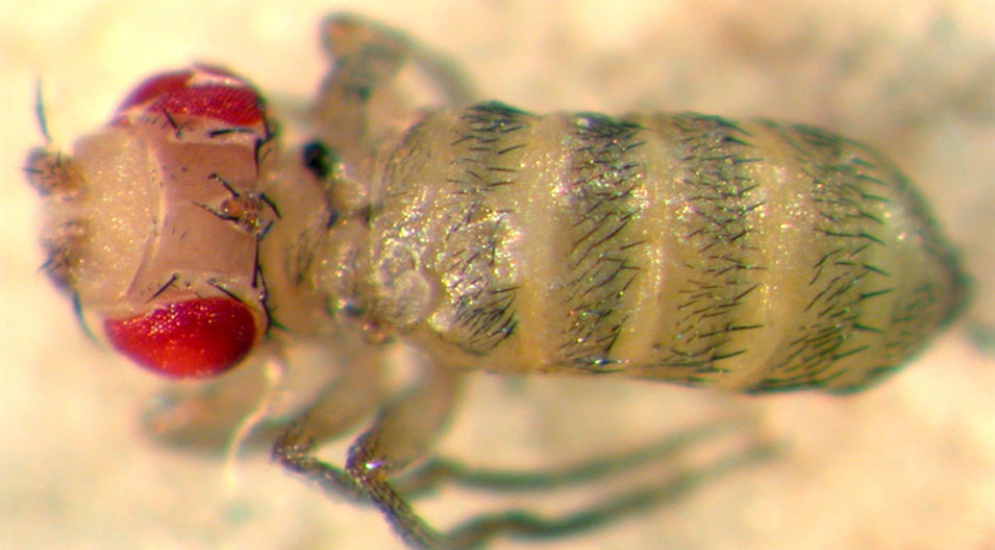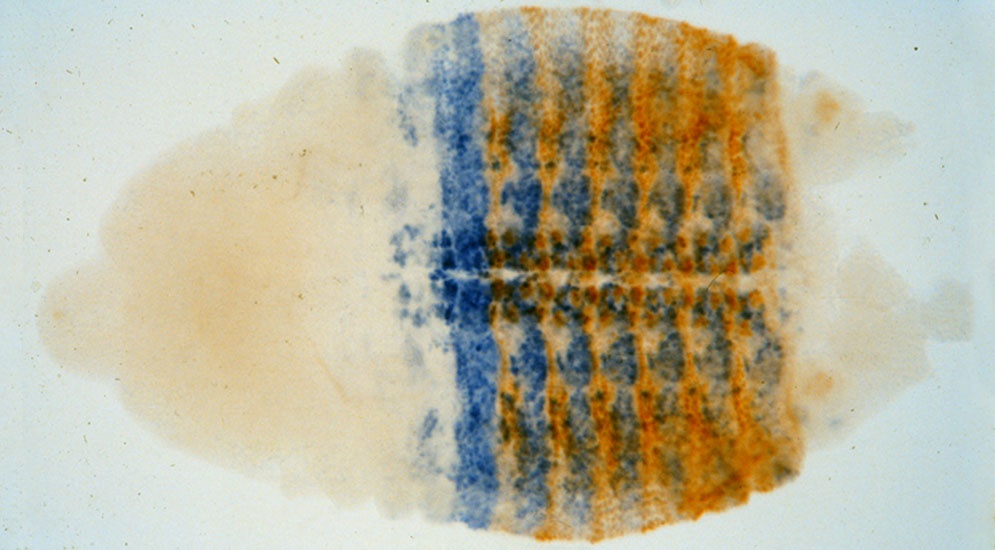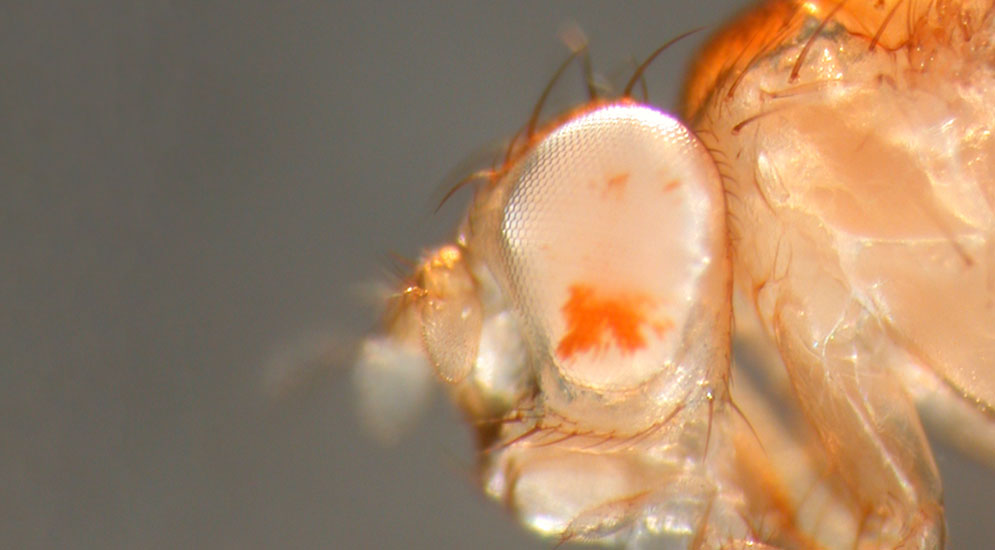Many cells in higher organisms adopt particular developmental fates in response to transient cues. The memory of those decisions can be fixed by gene products of the Polycomb Group. POLYCOMB and its associated proteins impose repression on target genes and their regulatory regions that is stable for many cell generations, across months, years, or decades of life. Nucleosomes in Polycomb-repressed regions are marked by trimethylation of lysine 27 of histone H3 (H3K27me3). The histone mark is associated with a loss of accessibility of the repressed DNA regions, although there is scant information on the structure of such chromosomal regions.
The focus of our lab is the bithorax complex in the fruit fly, Drosophila melanogaster, which is the prototypic target of Polycomb repression. The pioneering work of Ed Lewis revealed that the “homeotic” genes of the bithorax complex confer distinct identities on the different segments of the fly. Mutations in the complex cause segmental transformations, resulting, for instance, in flies with extra pairs of wings or legs. The mutant lesions are strikingly aligned across ~300 kb of DNA in the order of the body segments they affect. In embryos lacking the entire bithorax complex, all the segments in the back half of the embryo revert to the character of the middle thoracic segment, the developmental “ground state”. In embryos lacking Polycomb Group proteins, all the genes of the bithorax complex are turned on in all segments, and all segments resemble the 8th abdominal segment, the developmental “high point”. The bithorax complex genes, and their alignment on the chromosome, are conserved from insects to mammals.
The bithorax complex spans over 300 kb, and is divided into some 10 regulatory domains, one for each body segment in the posterior half of the fly. We have recently isolated nuclei from individual segments of the embryo, to study the differences in their chromatin composition across the different domains. This effort, a close collaboration with members of the lab of Bob Kingston, has revealed a linear progression of active and inactive domains as one moves from segment to segment. The bithorax complex is of interest for many issues aside from Polycomb repression. Enhancers in the bithorax complex can act across great distances, even between paired homologs; we are working to find sequence elements that might promote “looping” between distant sites. There are “boundaries” between adjacent regulatory domains; we are dissecting these to understand how they work. There are many long noncoding RNA transcripts; we have been ablating them to learn if they have any functions. The overall approach is to investigate paradoxical genetic interactions in the premier complex locus, in hope of discovering novel molecular mechanisms.




